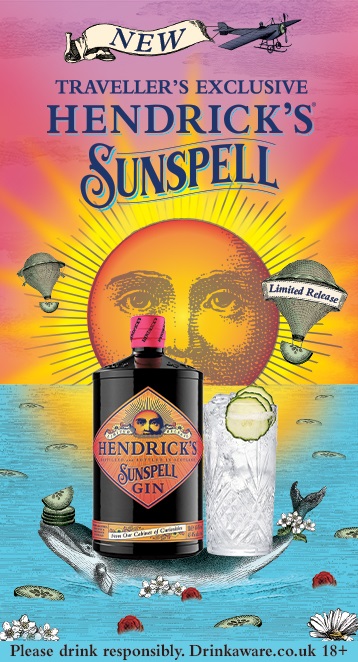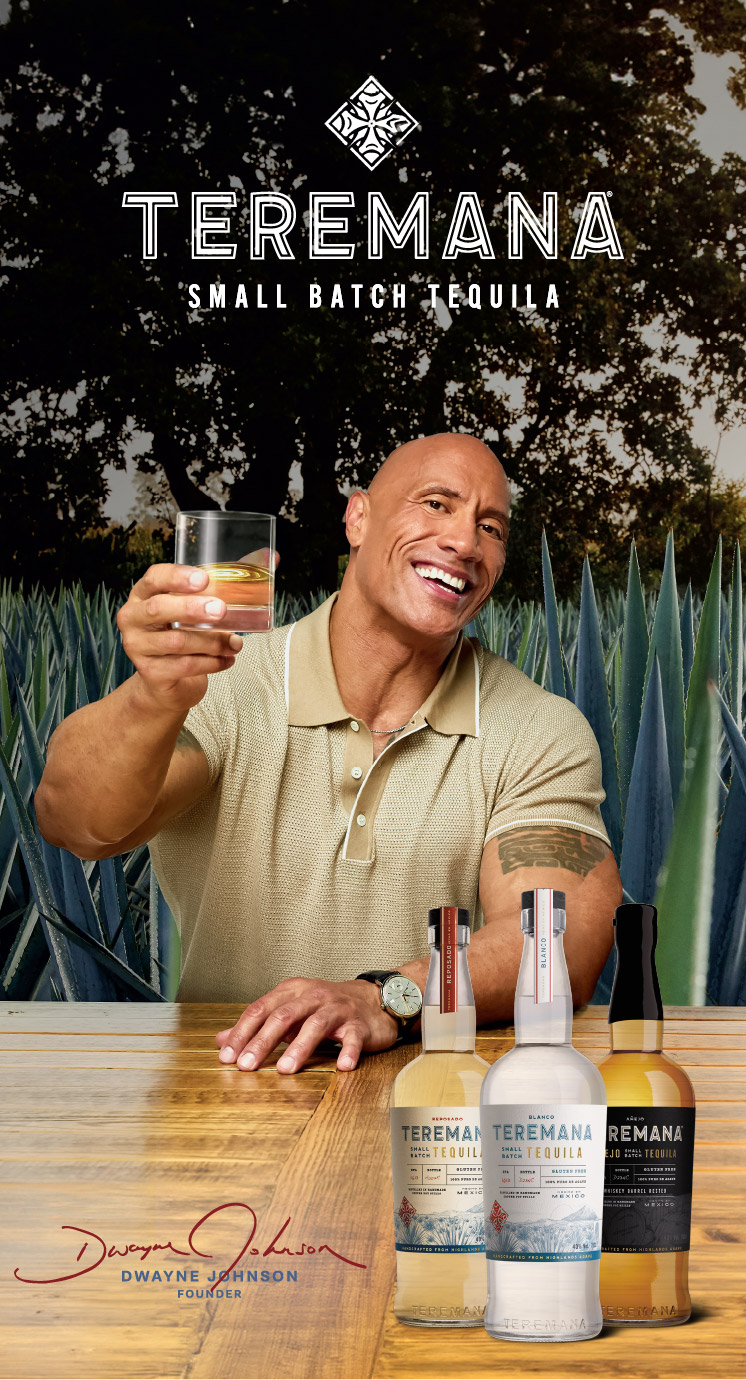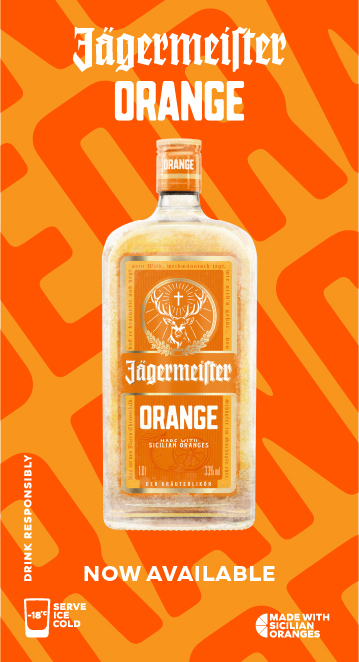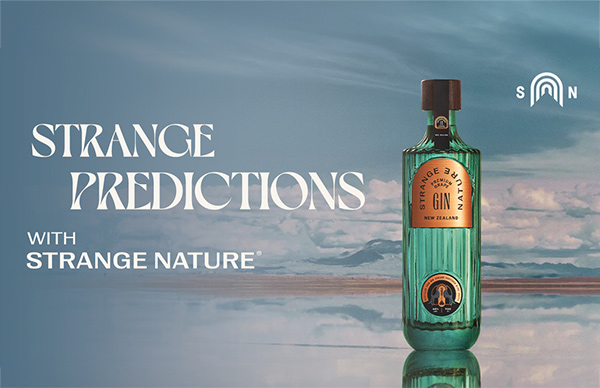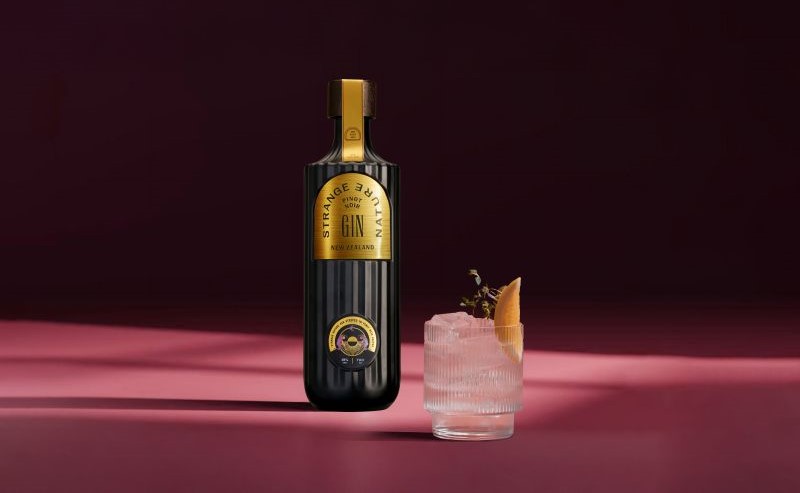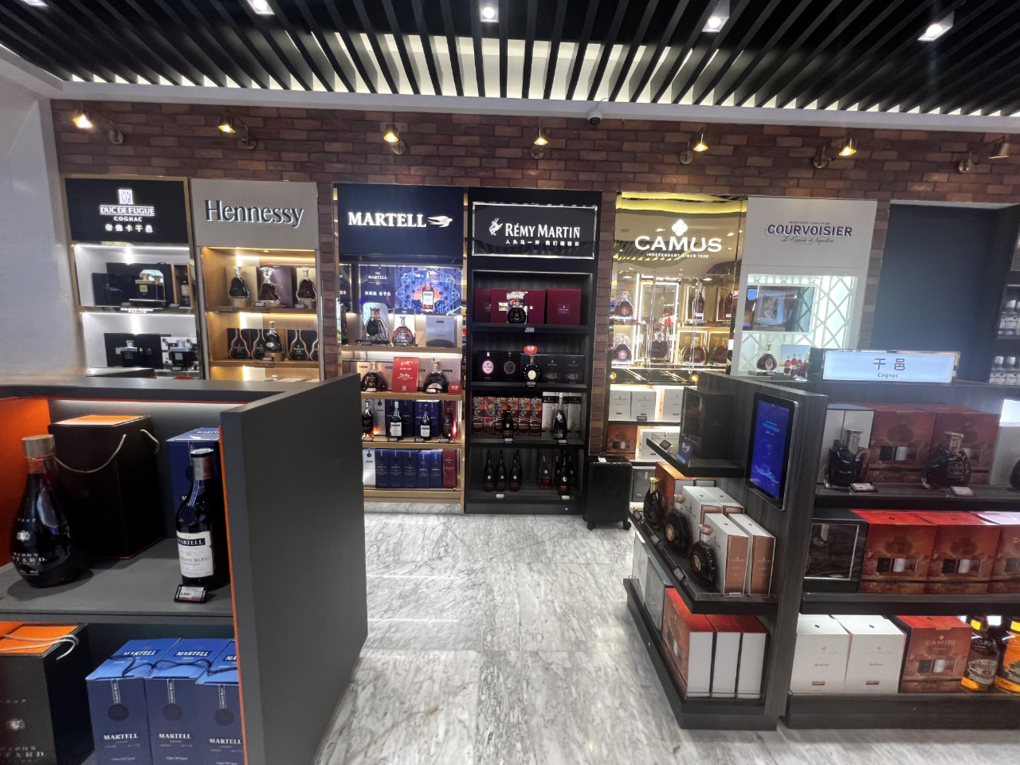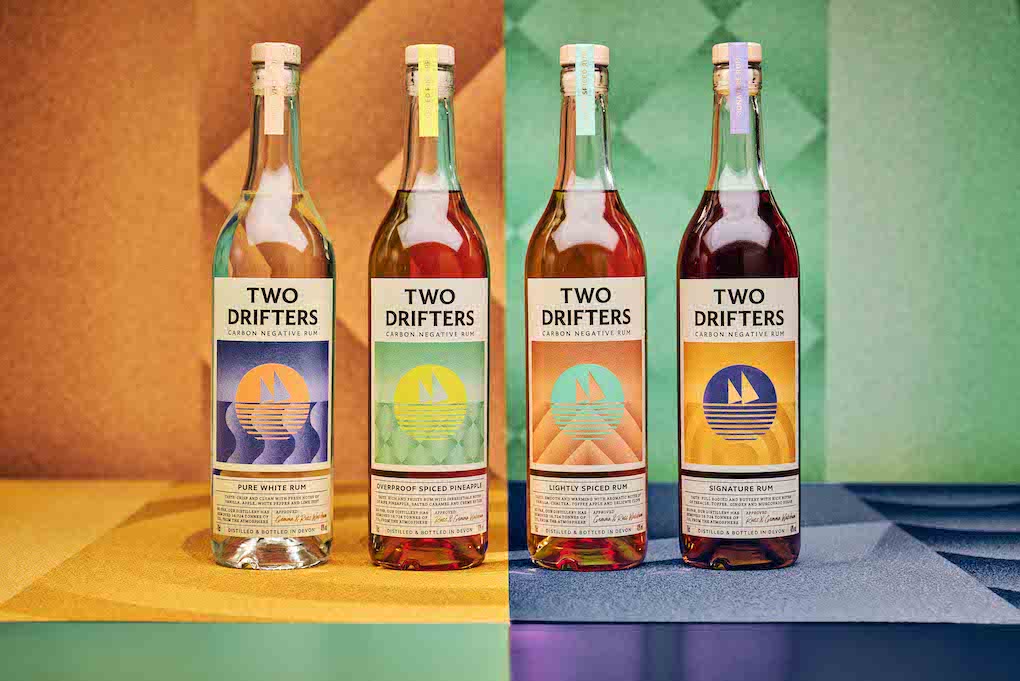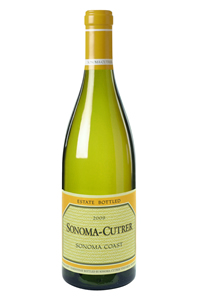 |
Sonoma Coast by Sonoma-Cutrer, one of California’s leading Chardonnay brands |
US. Few people in the travel retail industry don’t know Jack – Jack Daniel’s that is, venerable Tennessee whiskey and flagship of the Brown-Forman stable of brands.
Fewer, however, will be familiar with Brown-Forman’s range of Californian wines, which the supplier views as a further opportunity to enhance its profile in travel retail. The Moodie Report was fortunate enough to join a press trip to visit the company’s West Coast vineyards, at a time of change and of renewed focus.
Shortly before our visit in March, it was announced that Brown-Forman would be selling its Fetzer and Bonterra wine brands to Chilean producer Concha y Toro. Far from signalling a retreat from the sector, the supplier insists that the sale will allow it to focus on the brands it deems core – notably Sonoma-Cutrer and its Californian Champagne, Korbel, both of which can thrive in the duty free market, says Brown-Forman Vice President and Managing Director, Travel Retail Jim Perry.
“For us there is a lot of potential in the Sonoma-Cutrer range of Chardonnays and Pinot Noirs in particular,” he argues. “At the moment we have only a small presence with wines in travel retail and it is mostly confined to North America, where it is fair to say wines have not been a priority at most airports. But that’s changing as retailers start to focus on the high-end, and on premium Californian wines. We view that as a very positive development.”
In Sonoma-Cutrer, the supplier has a rare gem. Recently named Top Overall Restaurant Brand and Top Chardonnay in Wine & Spirits magazine’s 22nd Annual Restaurant Poll, Sonoma-Cutrer is a popular choice in the US, where its Chardonnay enjoys number-one status. Brown-Forman regards duty free as an opportunity to increase Sonoma-Cutrer’s profile internationally, especially as the wine market remains underdeveloped in US airports.
Since summer 2010, Sonoma-Cutrer’s Winemaking Director is an Aussie, Mick Schroeter, who began his career at Penfold’s in his native land before becoming Vice President of Winemaking at Geyser Peak Winery in California. While Schroeter acknowledges that about 90% of the vineyard’s business is accounted for by its leading Chardonnays, Sonoma Coast and Russian River Ranches, he is keen to champion Sonoma-Cutrer’s Pinot Noir, which he claims in “one of the greatest in the US”.
The Russian River Valley Pinot Noir is indeed excellent, but what is perhaps most impressive about the Sonoma-Cutrer range is the diversity of flavours it offers within a single familiar varietal, Chardonnay. Between the 2009 Sonoma Coast and 2007 Les Pierres Chardonnays, there is a world of difference, explained by the rockier, volcanic soil used to grow the grapes used for Les Pierres (its name, “the stones”, providing the clue). This variety encourages wine lovers to explore the full range, while the relatively high price points – Sonoma-Cutrer’s flagship Sonoma Coast Chardonnay carrying a recommended retail price of US$24.99 – give the selection potential in duty free.
Perry believes that US airports welcoming significant European traffic – especially travellers from the UK and Germany – will offer fertile ground for Sonoma-Cutrer, while locations such as San Francisco offer a platform to reach Asian wine connoisseurs.
Further along the Russian River Valley in western Sonoma County, over an hour’s drive outside San Francisco, the Korbel winery nestles among forested hills. Here, the Korbel brothers Francis, Anton and Joseph founded a lumber business in the mid-1800s after arriving in California from Czechoslovakia. When business slowed, the brothers realised that the fertile land in the valley would be ideal for cultivating grapes, especially the Pinot Noir varietal. In 1882 the family began producing the wine that would become Korbel California Champagne, one of the best-selling sparkling wines in the US.
The brand’s right to call itself California Champagne might appear surprising, given how jealously the French winemaking authorities guard the famed Champagne appellation. The permission to use the term is dependent on the brand using only Californian grapes and, of course, on following the traditional méthode champénoise means of production. Owned by the Heck family since 1954, Korbel now makes 15 different sparkling wines at price points between US$10-25, and produces 1.5 million cases per year, in addition to a number of brandies and still wines.
Arguably Korbel’s greatest contribution to the Champagne and sparkling wine industry was Adolf Heck’s invention of the automatic riddling machine in 1966. Riddling – the process by which Champagne bottles are turned during fermentation to force the sediment into the neck of the bottle – had previously been done manually and incurred high labour costs. Heck’s machine enabled each bottle to undergo exact turns at precise times, ensuring consistency of quality and considerably reducing the cost of production.
Brown-Forman has distributed Korbel California Champagne in parts of the US for many years, benefiting from the brand’s strong equity in its home market, where it is synonymous with celebration. But the supplier would welcome the opportunity to develop the brand within travel retail, especially in the US.
 |
“During the economic recession, it was said that duty free is the first business to suffer and the first to recover, and our results tend to confirm that.“ |
Jim Perry Managing Director Travel Retail Brown-Forman |
In neighbouring Mendocino County are located the two vineyards Brown-Forman recently sold to Concha y Toro: Fetzer and Bonterra. Both brands position themselves as leaders in “green” production, the Fetzer family having embarked on a sustainability programme as early as 1985. Everything at Fetzer is designed to minimise the environmental impact of the winemaking process, from the compost used to the lightweight bottles that house the wine. The vineyard is now the world’s number-one producer of organic grapes, most of which are used to make Bonterra, its sister brand based at the nearby McNab Ranch.
While Perry expresses a certain sadness at seeing Fetzer and Bonterra leave the Brown-Forman portfolio, he compares it to seeing a child graduate from school: “you know there are great things around the corner”.
“It’s always sad to see a brand leave but it’s exciting to see someone do something different with it,” he adds. “As Brown-Forman has grown, we felt that someone else could do a better job for these brands, and Concha y Toro fit right in with the principles behind Fetzer and Bonterra. They’re committed to maintaining sustainability, which was very important to us.”
The Bonterra estate is a breathtaking location, and home to one of the world’s few 100% organic wine brands, now selling over 300,000 cases a year. The range features a number of varietals – Chardonnay, Riesling, Pinot Noir, Zinfandel and Cabernet Sauvignon, plus rarer grapes such as Viognier and Roussanne – alongside very impressive blends created by Bonterra’s founding winemaker Bob Blue. Welcoming the press to the McNab ranch, Blue expressed his thanks to Brown-Forman for its support of the Bonterra ethos, and its insistence that the purchaser commit to retaining the brand’s people.
Beyond wines, Perry says he is “very pleased” with Brown-Forman’s performance in travel retail over fiscal year 2010/11, which ended on April 30. “During the economic recession, it was said that duty free is the first business to suffer and the first to recover, and our results tend to confirm that,” he explains. “We’ve seen continued growth at the premium end for Jack Daniel’s, and a general increase in trading up. The US/Canada border business has done very well; Mexico has a few economic challenges, but generally speaking we’ve done better than I had hoped across our entire portfolio.”
Beyond Brown-Forman’s flagships Jack Daniel’s and Southern Comfort, the supplier has high hopes for its premium tequila Herradura in duty free. “There’s great potential for this category in travel retail, but it’s a category that needs to be built by all suppliers and brands,” says Perry. “There’s a lot of misconception about tequila among consumers and we can all help to put that right. By growing the pie together, we’ll get an appropriate piece.”
Brown-Forman’s vodka brand Finlandia, meanwhile, is set for a new look as the supplier rolls out an updated bottle worldwide later this year. “Finlandia is on fire in certain parts of the world, and this new bottle represents a big jump in the evolution of its packaging,” says Perry. The new design is intended to emphasise Finlandia’s Arctic heritage, and will be unveiled to the trade shortly.
A chapter has ended, then, for Brown-Forman’s wines business as it bids farewell to two niche but respected brands in Fetzer and Bonterra. But expect the company to redouble its efforts behind Sonoma-Cutrer and Korbel, as it flies the flag for American wine in travel retail.
Advertisement |



